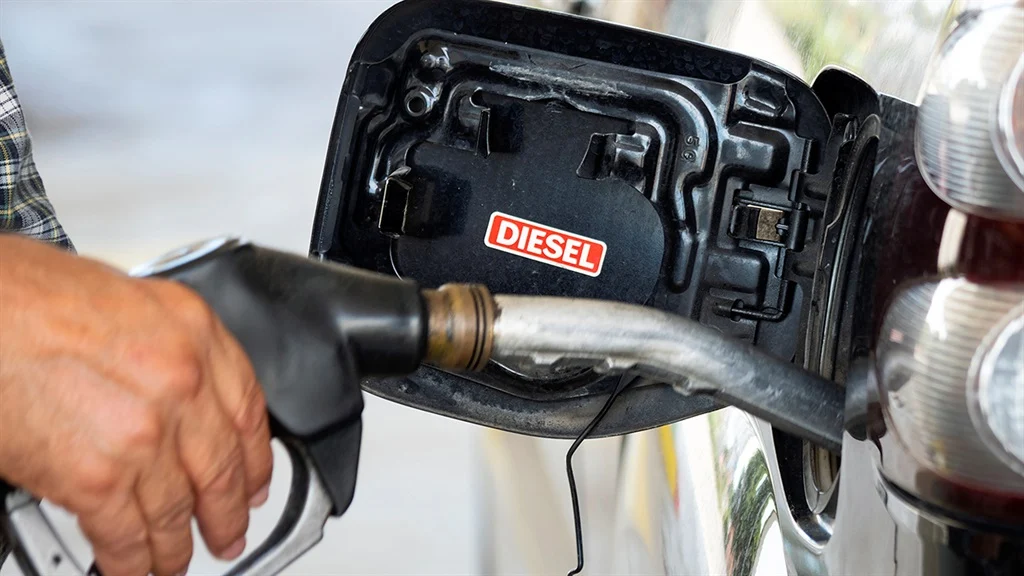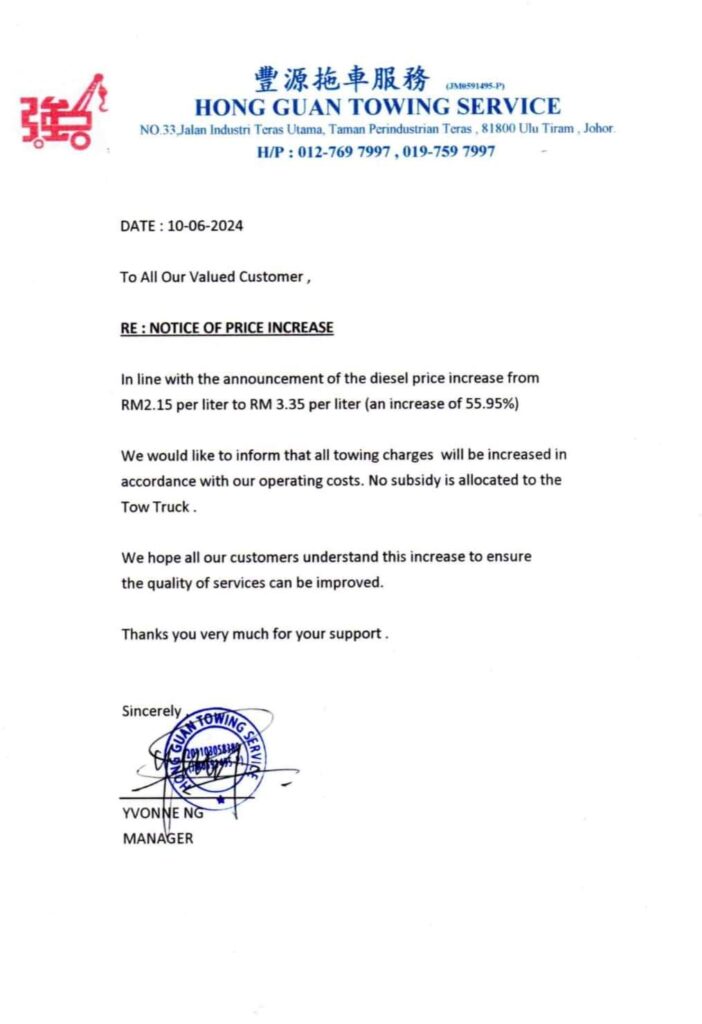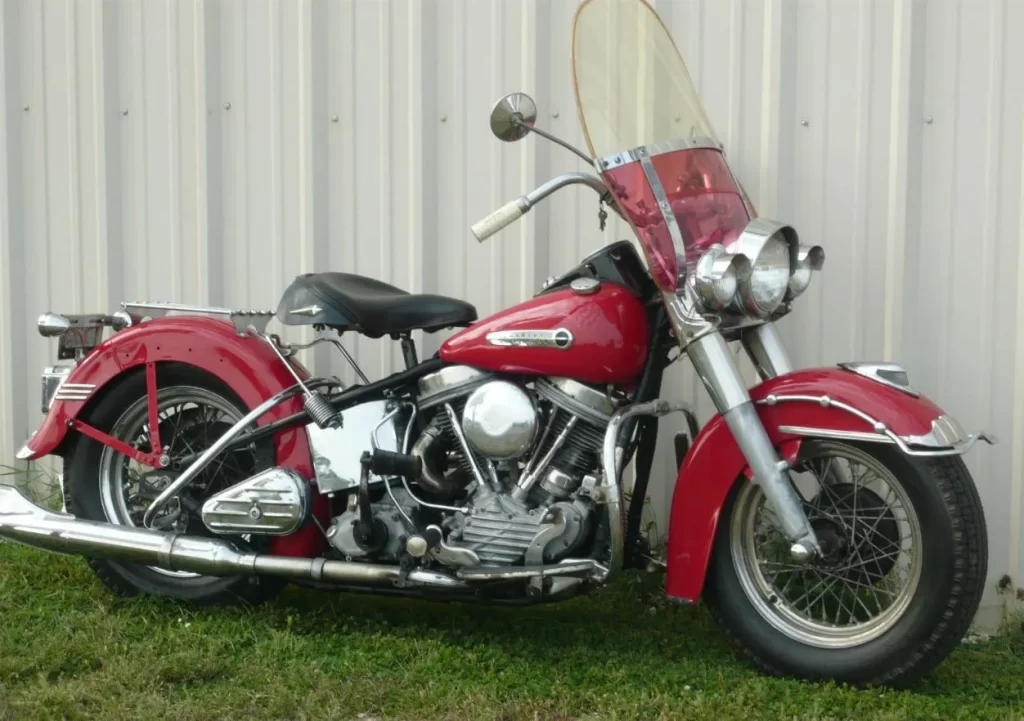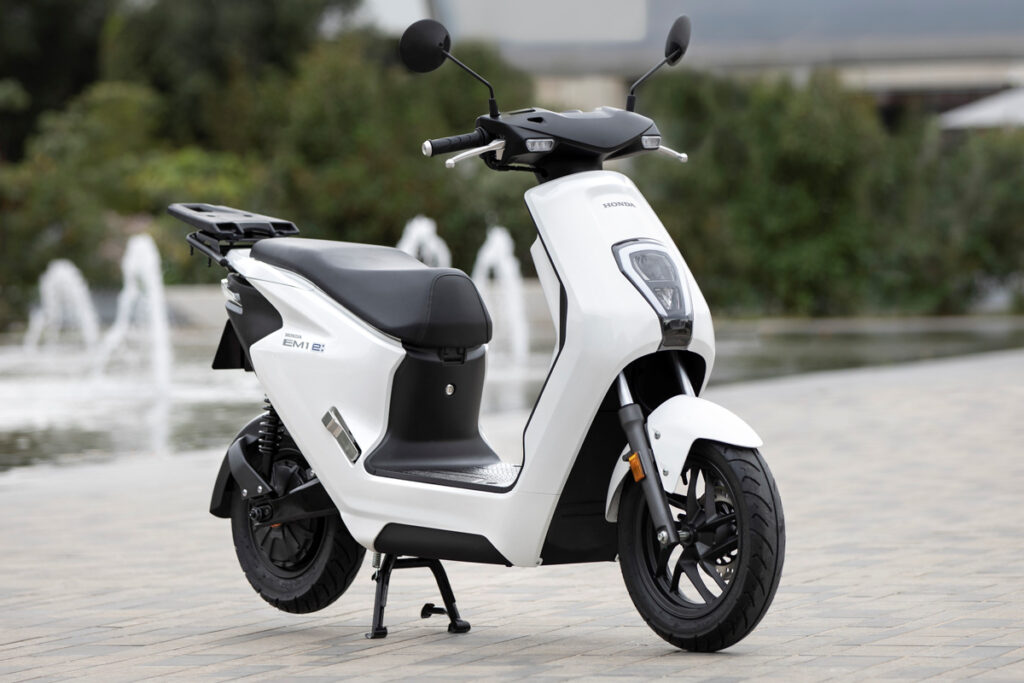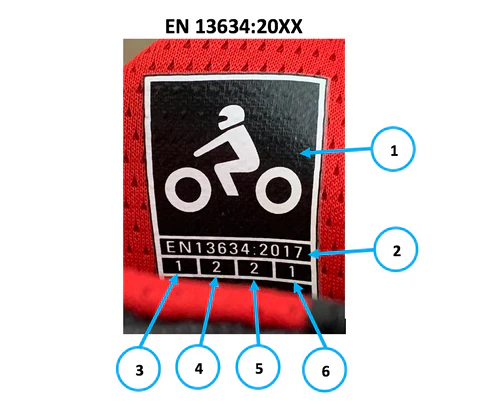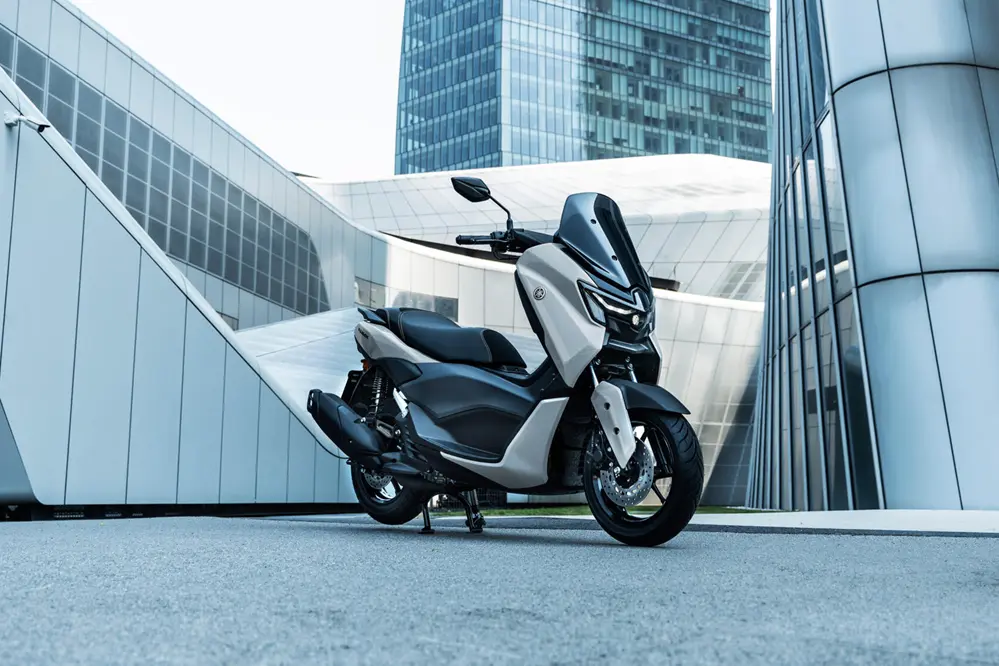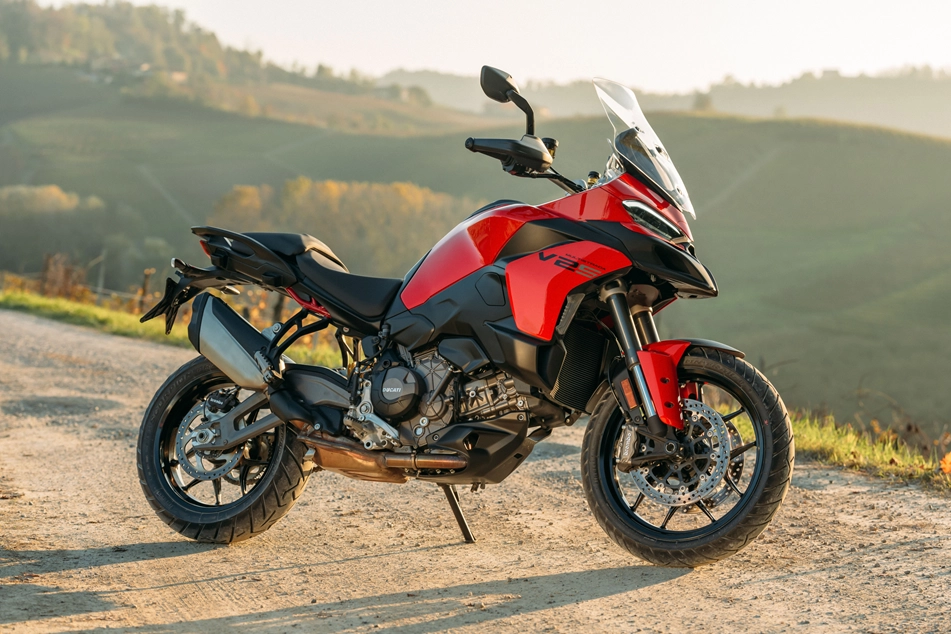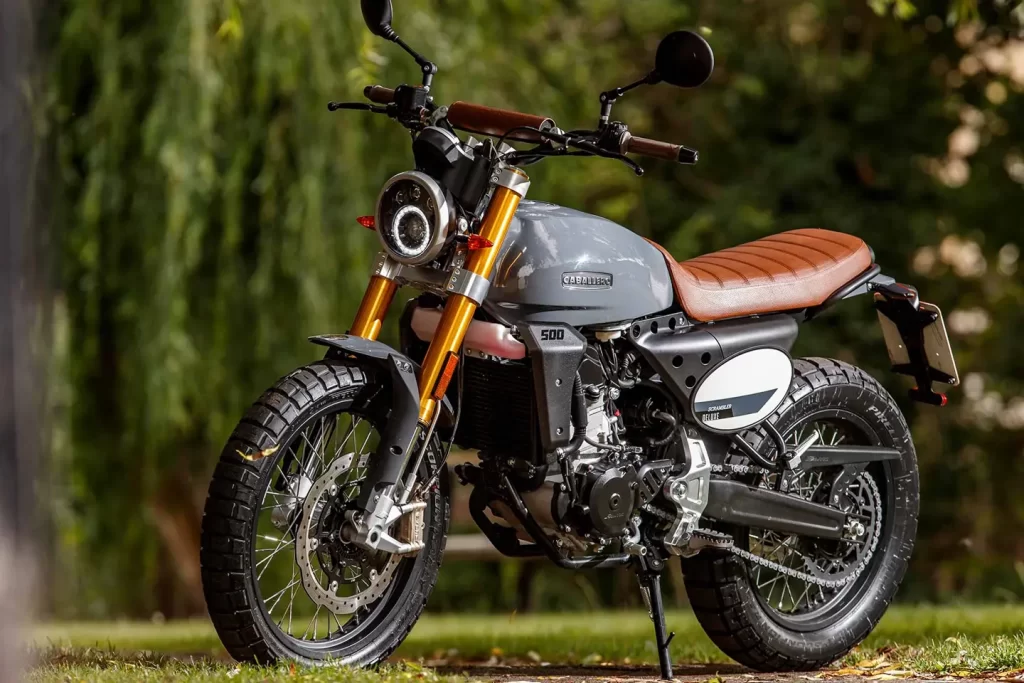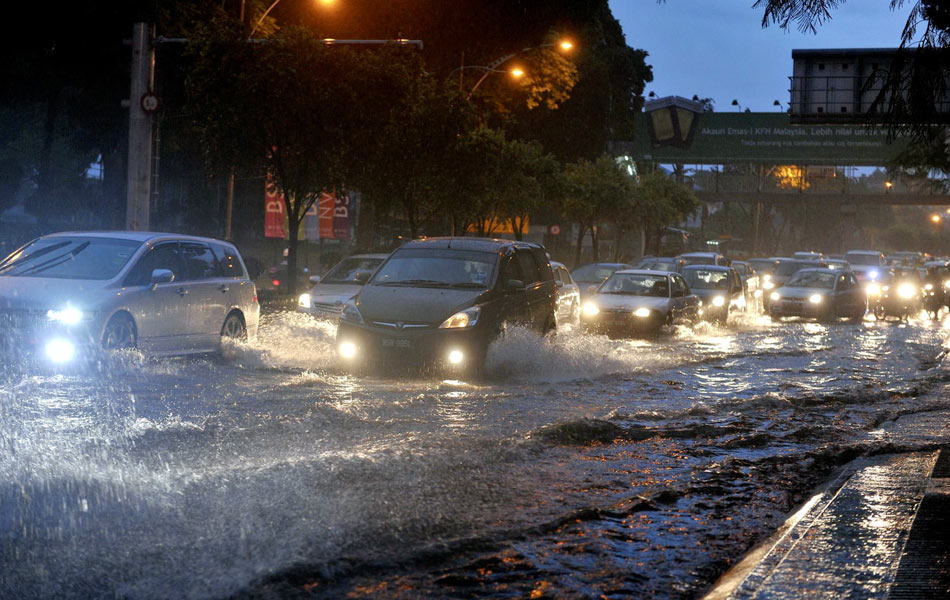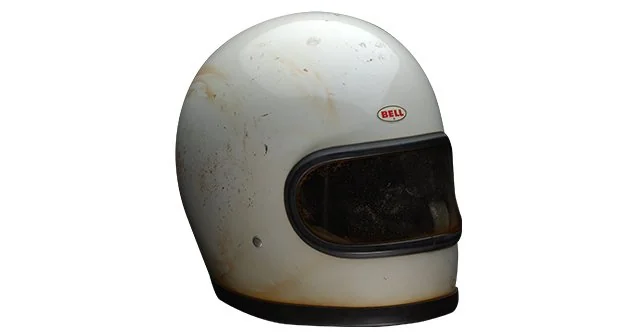The 2024 Honda CBR250RR has been launched in Malaysia, and brings along several updates centred around engine performance and handling.
New key features:
- Compression ratio is raised to 12.5:1 from 12.1:1 by reducing the combustion chamber volume from 7.55 cm3 to 70.0 cm3.
- The inlet port throat diameter was enlarged from 21.4 mm to 21.6 mm.
- Updated valve timing and lift.
- Optimised piston and oil ring tension to reduce friction.
- These updates produce a 1 kW (1.34 hp) increase of maximum power over the previous model, and bringing it to 31 kW (41.6 hp) at 13,000 RPM and 25 Nm of torque at 11,000 RPM.
- The Assist and Slipper Clutch feature stays, but is now complimented with a quickshifter.
- The front suspension is upgraded with 37mm Showa Separate Function Fork – Big Piston (SFF-BP) upside-down forks.
- On the electronic front, the 2024 Honda CBR250RR has a ride-by-wire throttle which in turn offers three ride modes, namely Sport+, Sport, and Comfort.
- The bodywork has been reworked for what Honda calls “aggressive speedy shape” concept, leading to a 6% reduction in air resistance.
“With the new CBR250RR, we aim to provide an unmatched riding experience that combines power, precision, and style,” said Mitsuharu Funase, Managing Director and CEO of Boon Siew Honda. “It is a testament to Honda’s commitment to innovation and excellence in the supersport motorcycle segment. We are confident that the enhancements in performance and design will captivate motorcycling enthusiasts across Malaysian market.”
The 2024 Honda CBR250RR comes in in two colors – Mat Zodiac Blue Metallic and Honda Tricolor, both priced from RM27,999.









